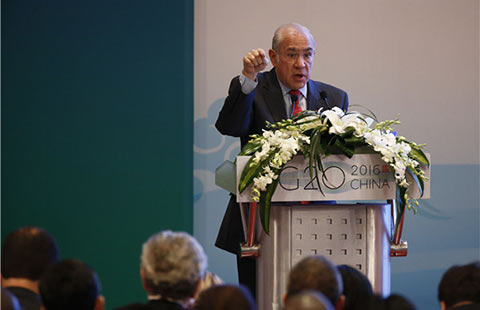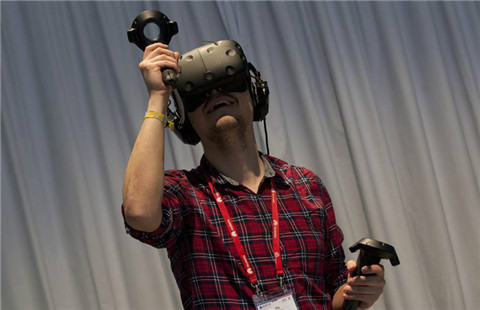3D printing reshaping 'Made in China'
(Xinhua) Updated: 2016-02-27 14:35Planes, trains and automobiles
Apart from foundries, 3D printing has also applications across many industries, including automobiles, electrical appliances, biomedicine and aeronautics.
Lu Bingheng with the Chinese Academy of Sciences teaches 3D-printing at Xi'an Jiaotong University. He claims research on 3D printing is thriving in China.
According to the world intellectual property organization, Chinese applicants account for a quarter of worldwide patents in 3D printing and robotics, making it the only middle-income country approaching the level of technological innovation of developed countries.
Lu said 3D printing, vital to research and development of high-end items, will greatly help enterprises.
A new engine
Affected by the global economic downturn, many manufacturers have problems like overcapacity, pollution and low-end products which 3D printing can help.
Research by the McKinsey Global Institute found China had performed well in customer-focused and efficiency-driven innovation, which include consumer electronics, Internet services and flexible manufacturing.
According to McKinsey, new opportunities could contribute 1 to $2.2 trillion a year to the Chinese economy, or 24 percent of total GDP growth by 2025, if transformation of manufacturing continues, particularly digitization.
However, He Jun of the Chinese Academy of Social Sciences institute of industrial economics, believes 3D printing is only a small factor in China's giant manufacturing industry, and it is too early to say if China is heading toward an "intelligent manufacturing stage."
"3D printing is hard to apply on a large scale considering it prints irregular, customized products with very high cost," he said.
While He and others are cautious about 3D printing's prospects, others argue that the technology will definitely rock global manufacturing someday soon.
Lin is team leader at Tsinghua University's laboratory of biofabrication and rapid prototyping technology, which studies the 3D printing's application in biomanufacturing. He said that unlike traditional manufacturing that is subtractive, 3D printing is additive.
"Traditional manufacturing is like digging a cave house, when you need to remove the unwanted earth, while 3D printing is like building a house, or whatever you want with bricks, laid piece by piece." he explained.
"The technology may not change current manufacturing instantly, but for sure it will have a profound impact," he said.
The debate is expected to be brought to the annual two sessions of lawmakers and political advisors early in March, which will set specific plans for the country's manufacturing aspirations by 2025.
- China's housing market recovery patchy
- China clarifies economic policies, reform agenda at G20 meeting
- Foxconn postpones Sharp acquisition to evaluate new document
- Air Liquide opens Shanghai research and tech center
- Markets stabilize after officials quash IPO fears
- Wanda among potential bidders for Turkey's Mars
- Shenzhen tries to cool realty market
- COSCO set to reshape shipping alliances
















